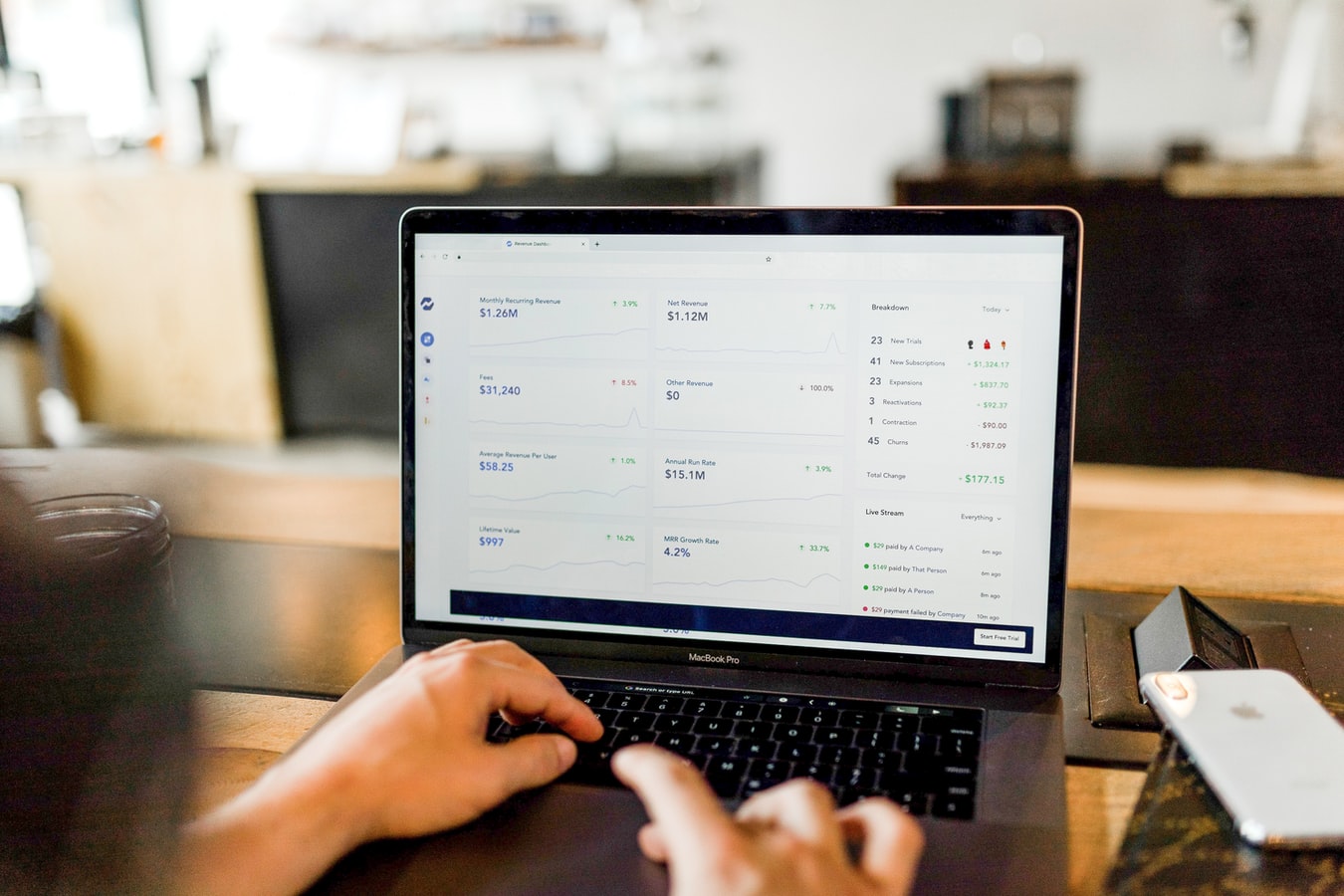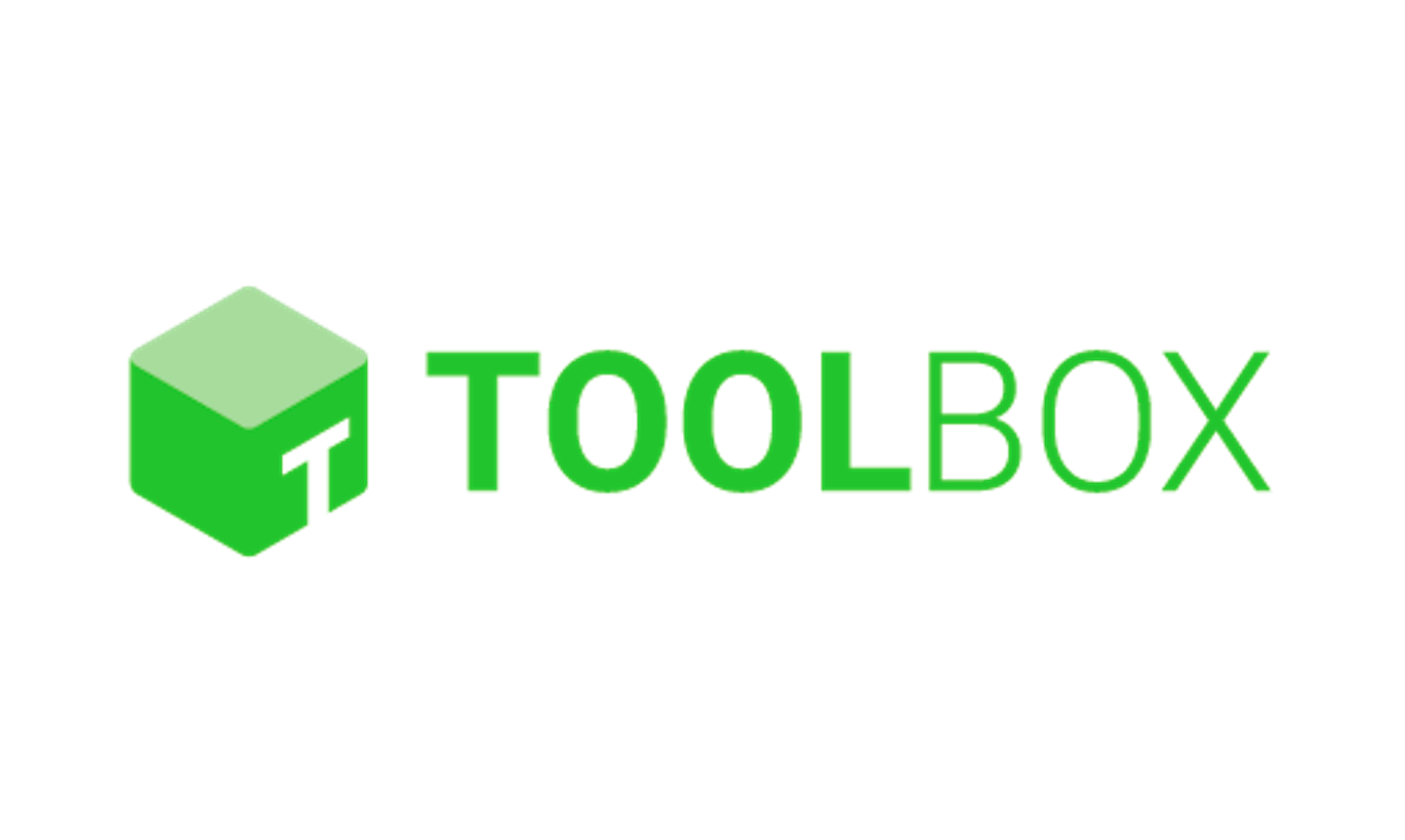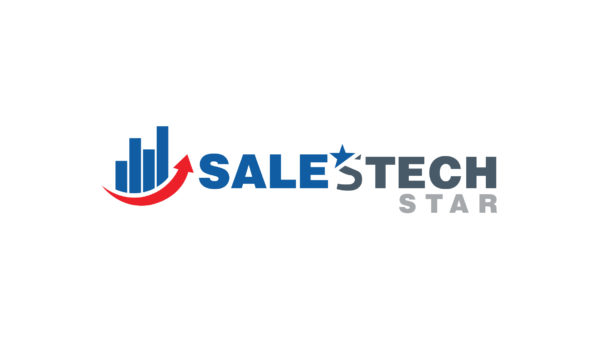Recovery from a slowdown presents new opportunities for legacy and disruptive brands alike.
Earlier this year, advertisers were forced to change how they look at their omnichannel marketing strategy. Leaning into agency and technology partners, advertisers have been pushed to ask tough questions and make difficult decisions when it comes to advertising investments. Through conversations with our own clients, at brands and agencies, we found that there is no conclusive answer to questions concerning how to safely invest advertising dollars, but we did find that there were some quick wins to be had for advertisers who are willing to shift their strategy to join the momentum behind digital adoption.
Now, the question is: in the face of unprecedented change, can advertisers ramp back up after the recent slowdown?
The answer is yes. When advertisers are acutely challenged to engage and convert consumers, the core elements of your omnichannel marketing strategy matter more than ever.
We’ve taken a look at how a strategic channel and tactic mix can be practically applied to get your brands on-track for maximum success during the final quarter of 2020. For recommendations and considerations, keep reading.
Look to consumer insights to fuel your omnichannel marketing strategy
If you want to engage your audience, meet them where they are. And, with over four billion people staying home worldwide, consumers’ behavior and media consumption habits are changing rapidly. While we don’t know how or when the crisis will resolve, we have early insight into how consumer needs and behaviors may evolve as they seek to regain a sense of balance. To date, we’ve identified three consumer behavior patterns since the onset of COVID-19: streaming, app usage, and online shopping.
Streaming
Video streaming subscriptions and usage have surged, with 40% more time spent consuming and higher volumes of new subscriber requests among popular platforms according to a recent report by eMarkter.
In-App Usage
Digital-savvy consumers have gravitated towards apps that meet the needs of their temporary indoor lifestyles, largely in the entertainment, e-commerce, social, and messaging categories. This has resulted in 40% YOY growth in mobile app usage according to Conviva.
Online Presence
Time spent consuming content on the Internet is up +34%, according to eMarketer, while our nation’s e-commerce system is being pushed to its limits with increased online shopping, largely in grocery and household sectors
Realign your omnichcannel strategy with current business challenges.
Each company has unique goals. But overall, we’ve seen businesses’ marketing impacted in three distinct ways by COVID-19 — and they don’t always progress directly from one to another.
Find ways to get better results from your digital ads.
- Pause lowest-performing tactics or audiences.
- Test higher engagement and lower CPA ad units like high-impact or native.
Focus on your most valuable customers.
- Adjust audience targeting to prioritize people who are most likely to take action.
- Adjust ad scheduling and pacing to reflect most optimal time and dayparts for engagement.
Make sure your updated offerings show up in your creative.
- Use dynamic creative where applicable to drive performance with limited budgets.
- Update ad creatives to reflect changes in available products or services, limited hours, special terms or conditions like “senior hours,” etc.
Focus on your business and lean on digital media partners to help with your digital ads.
- Ask your digital media partner if there is MORE they can do for you. Whether that’s helping you redefine your target audience or make quick updates to ad creative.
- Utilize planning tools that save you time so you can quickly optimize bids and budgets.
Make the most of existing customers.
- Repurpose user-generated content in your digital advertising campaigns to capture consumers’ attention and engage them in a non-intrusive way. Consumers are 2.4x more likely to view user-generated content as authentic compared to content created by brands.
- Target past converters, drive higher engagement and utilize direct mailing lists via CRM Onboarding. Look-a-like targeting allows advertisers to reach users whose behavior mirrors that of their most loyal customers.
Use automation to match your approach with changing customer behavior.
- Follow the changing customer journey to inform where you should increase spend and where you can safely dial back spend.
- If you have concerns over your ads surrounding questionable content, consider creating a blocklist of any concerning keywords surrounding worrisome or controversial current events. 48% of consumers report that they would avoid a brand that appears next to undesirable content or fake news.
Align your campaigns to your goals and priorities.
- To reflect business priorities, ensure that credit is given across customer touchpoints with data-driven attribution or non-last-click attribution. Digilant can help.
- Allocate budget towards surging channels such as CTV & Social: Screen time is on the rise and ad is streaming TV and social consumption.
The public health, political, and social upheaval of 2020 has been the ultimate test of character for advertisers. They have been charged with showing resilience and allyship – by revisiting priorities and pivoting digital marketing strategies to connect with consumers in new ways. In recent months we’ve learned that now is not the time for advertisers to sit still and wait for things to return to normal. Here’s what else we’ve learned since March 2020.
Habits triggered by COVID-19 are continuing during the re-opening of local, state, and national economies – these new behaviors are expected to remain well past re-opening.
- Spending more on media doesn’t always yield better results. Media investments of any amount only pay off when you invest in the right omnichannel marketing strategy.
- Rapid response capabilities are becoming table stakes for advertising partners and in-house teams – and for good reason. The ability to quickly pivot digital media targeting, update messaging and creative quickly will result in closing or widening the gap between consumers and brands.
- A resurgence of demand for non-essential products and services as economies re-open isn’t enough to drive brand growth. How you differentiate your brand in the eyes of consumers will determine whether you grow faster or slower than the competition.
As an omnichannel digital services company that always trusts data over a hunch, we have evolved our approach media campaigns on behalf of our clients during this uncertain time. Our nimble approach to our client’s business has given us insight into what’s resonating with consumers and what isn’t. If you’re interested in ramping up your omnichannel marketing strategy to close the year strong, contact us today!







